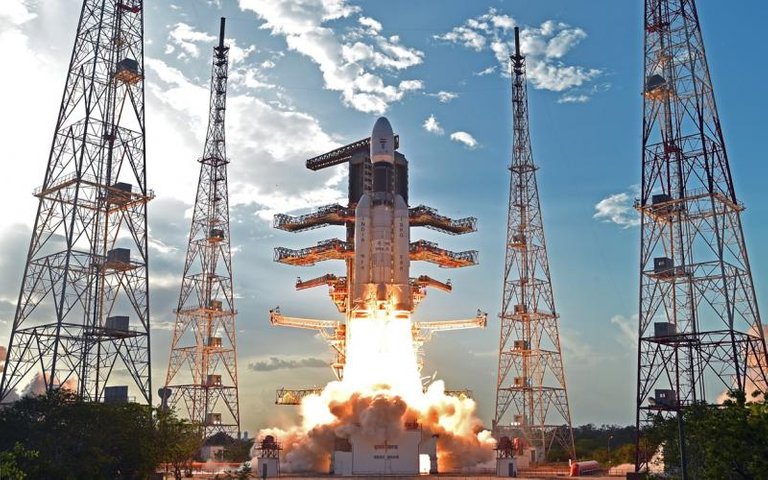
Today where private space agencies like SpaceX and Blue Origin are getting all the headlines, we should not forget the importance of government agencies which are in the game pioneering the space missions for a long time. And talking about achievements, the Indian Space Research Organisation has contributed its fair share.
In the recent years, the audacious achievements of the Indian Space Research Organisation’s (ISRO) in the field of space technology have been frequently making headlines, giving the nation a sense of justifiable pride and inspiring many youngsters to reach for the stars.
One such accomplishment was the PSLV-C37 mission which was a historic and record-breaking endeavor which launched 104 satellites into space in a single launch. The crazy part was that it had a budget of only US $73 million which is less than the total budget of the Hollywood movie Gravity.
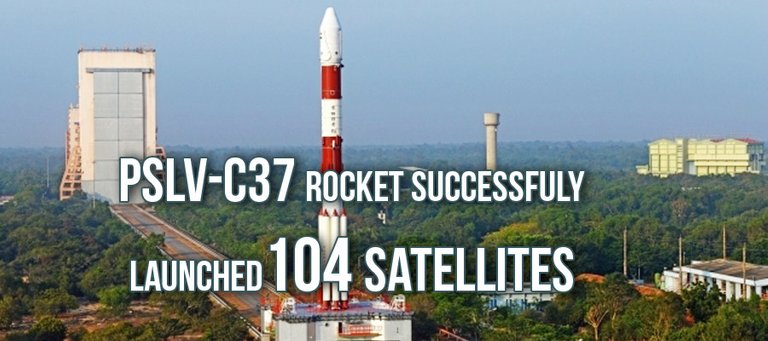
ISRO's feat sets an enviable benchmark for the other top five space-faring nations/regions— the United States, Russia, China, Japan, and Europe with its European Space Agency. Putting commercial satellites into space for a fee is a growing business sector, as countries worldwide seek greater and more high-technology imagery and telecommunications. Of the $323 billion global space industry, its commercial support segment that includes launch services is alone worth $121 billion.
Major accomplishments of ISRO:
Mars mission
known as the mission Mangalyan-I, ISRO became the first country to reach the Mars orbit in a maiden attempt on 15th February, 2017. The probe carried an orbiter named Mangalyan-1 to Mars orbit.
Lunar Mission
ISRO successfully carried out a mission to moon by launching the orbiter Chandrayan-1 on 22 October, 2008. The orbiter successfully entered the lunar orbit on 8 November, 2008. It was the first extraterrestrial mission of ISRO. This probe proved the existence of water on moon for the first time.
The fascinating history of Indian space research:
India's experience in rocketry began in ancient times when fireworks were first used in the country, a technology invented in neighbouring China, and which had an extensive two-way exchange of ideas and goods with India, connected by the Silk Road. Military use of rockets by Tipu Sultan during the Mysore War against the British inspired William Congreve to invent the Congreve rocket, predecessor of modern artillery rockets, in 1804. After India gained independence from British occupation in 1947, Indian scientists and politicians recognized the potential of rocket technology in both defence applications, and for research and development. Recognizing that a country as demographically large as India would require its own independent space capabilities, and recognising the early potential of satellites in the fields of remote sensing and communication, these visionaries set about establishing a space research organisation.
The first office of ISRO was, in fact, located inside St Mary Magdalene’s Church in Thumba, Thiruvananthapuram. Called the Thumba Equatorial Rocket Launching Station, or TERLS, scientists including former President Dr APJ Abdul Kalam used the church as a lab and the adjoining beach as the launch station for many of ISRO’s first missions. In fact, one look at one of the few surviving pictures of the set-up in full glory is enough to emphasise its inherent irony and significance:
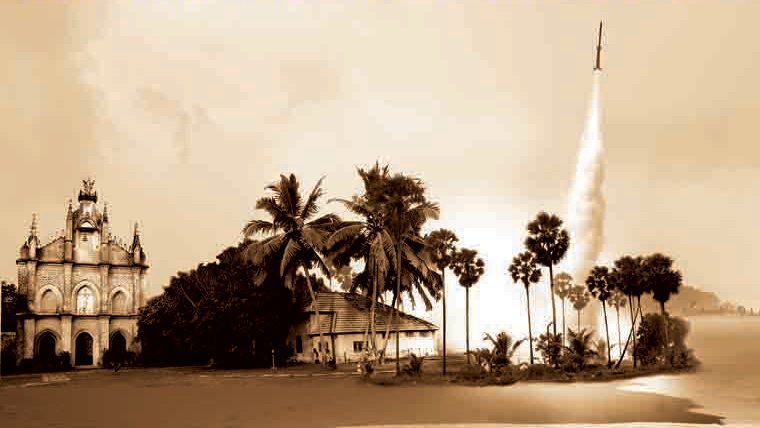
ISRO built its first satellite Aryabhatta(named after the ancient Indian astronomer of the same name) and launched it from Soviet Union on 19th April, 1975.
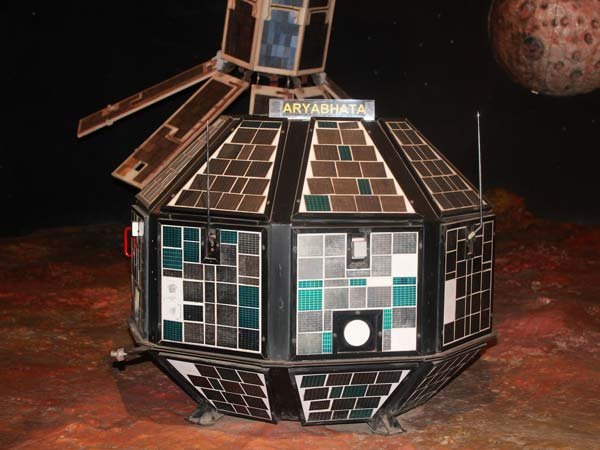
After this ISRO focused on building its own launch vehicles during 1960-1980 to become a self reliant space agency. In 1980, ISRO launched the satellite Rohini with its indigenously built launch vehicle Satellite Launch Vehicle-3(SLV-3). It also built the Augmented Satellite Launch Vehicle also known as ASLV during 1980s. The most popular and reliable launch vehicle built by ISRO is the Polar Satellite Launch Vehicle (PSLV) which is used for placing a satellite in the polar orbit. It was used in the Mars Orbiter Mission, for launching the record making 104 satellites and many other missions. The success rate of PSLV is 99%. However, the maximum carry capacity of PSLV is 2 ton. ISRO had to still rely on foreign rockets for the launch of its heavy satellites of the INSAT series. In the early 2000s it developed its first Geosynchronous Satellite Launch Vehicle (GSLV) with a cryogenic engine purchased from Russia for placing a satellite in the geostationary orbit and carried out a successful launch of an INSAT series satellite in 2004.
With a 15 year long struggle ISRO built and finally tested its indigenously built cryogenic engine in 2015 which makes ISRO capable of launching a 4-ton-heavy satellite. On 5th June, ISRO launched its heaviest rocket GSLV Mark –III which used this engine to launch the satellite GSAT-19. With this achievement ISRO is now capable of a manned mission to space. ISRO has launched numerous communication satellites and earth observation satellites till now.
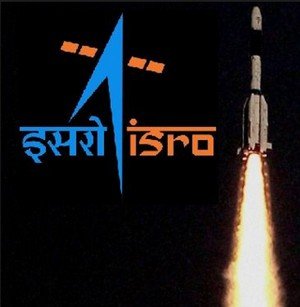
ISRO is now the most favored destination of the foreign clients for their satellite launch because of the low cost launch of ISRO. Even the American clients prefer ISRO to their domestic agency NASA for their satellite launch which is evident from the fact that out of the 104 satellite launched by ISRO in 2017, 96 were solely from US clients. Thus ISRO is now helping the Indian economy grow by earning revenues in a large scale through its satellite launch business.
With a booming economy combined with the achievements of ISRO India is reclaiming its ancient glory as a leading nation of the world.
Thanks for reading.
-@cyberchain